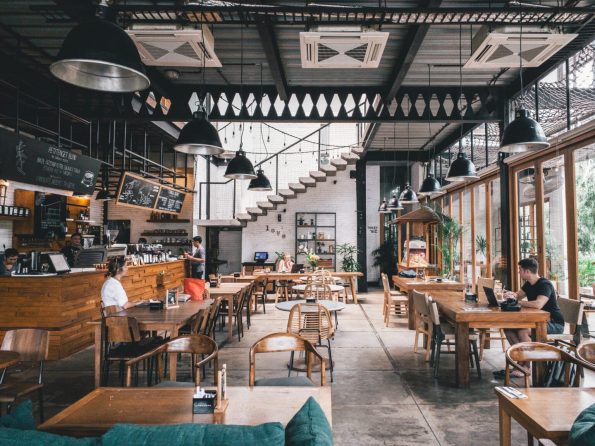There are lots of costs involved in setting up and operating a restaurant. And if you’re going to go through all of the trouble of setting up, you’re going to want to protect yourself and your business once you’re in operation.
The best way to do this is with insurance. But as a restaurant owner, there’s more than one type of insurance you will need. In this article, we’ll discuss what types of insurance you should look into as a restaurant owner, as well as what you should expect to pay for insurance in Canada yearly.
What Types of Insurance Do Restaurant Owners Need?
To determine which types of insurance you will need for your restaurant, it’s important to understand the risks associated with the restaurant business.
Food poisoning, choking, scalding, and broken teeth are all high risks for anyone in the restaurant industry. And then, like all business owners, you also need to worry about general concerns like tripping or falling. This is especially true if you own a restaurant that serves alcohol.
Not only do business owners have to worry about liability with others, they also have to worry about their own inventory and appliances. Damage, theft, or other occurrences can happen at any time, and if they do, you want to make sure you have insurance coverage to help you recover from it.
On that note, here are some different types of insurance that restaurant owners should consider:
- General Liability Insurance
General Liability Insurance is something that all business owners need that helps to protect them if property damage or bodily injury should occur. This is the type of insurance you will need if someone burns themselves, becomes ill from improper food handling, or falls down a flight of stairs.
The average cost of General Liability Insurance is around $400 per year, but this can vary greatly depending on the size of your business and how many employees you have.
2. Property Insurance
Again, all business owners will need property insurance. Just as you would insure your home against things like theft, fire, damage, or other losses, property insurance can help to protect your business against the same things.
“Property” can refer to your physical building but can also refer to the contents within it (equipment, inventory, stock, etc). The average cost of Property Insurance is around $1500 per year, but again, this can differ depending on the policy you chose and the size of your business.
3. Workers Compensation
As a restaurant owner, you will likely have employees. In Canada, you must protect your employees with Workers Compensation. This type of insurance helps to protect both you and your employees should they ever become injured on the job.
Workers’ compensation can help to cover things like lost wages and medical bills if an employee should ever have to take time off due to a job-related injury. The average cost of Workers Compensation is about $165 per month.
4. Liquor Insurance
Most restaurant owners opt to serve alcohol to their customers. Not only does alcohol attract customers, but it’s often a restaurant’s primary source of revenue. But if you’re going to serve alcohol, you’re also going to have to purchase liquor insurance.
If an intoxicated person should ever injure themselves or someone else after drinking at your restaurant, liquor insurance can help protect you. You should expect to pay around $700 or more per year for liquor insurance.
Of course, this is just a starting base for types of insurance you may want to consider as a restaurant owner. Other common types of policies obtained in the restaurant industry include commercial auto insurance, cyber liability insurance, and crime insurance (to name just a few).
Average Cost of Restaurant Insurance in Canada
As you can see, after purchasing all of the insurance that you will need for your new restaurant, it can really add up. Once all of your policies are paid, you should expect to pay around $4,300 annually for insurance.
But even though insurance can be expensive, the costs of not having it can be even worse. Without insurance, you could be forced to pay out-of-pocket for injuries, damages, or losses that occur within your restaurant. And given that there are so many risks involved, the best thing you can do is protect yourself.












